Order: Asparagales. Family: Hyacinthaceae
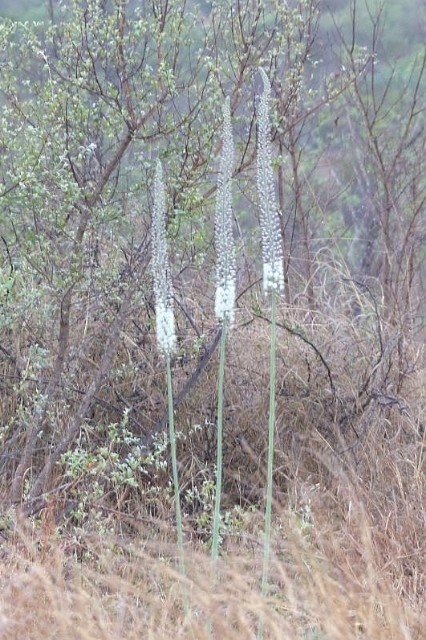 © arks
© arks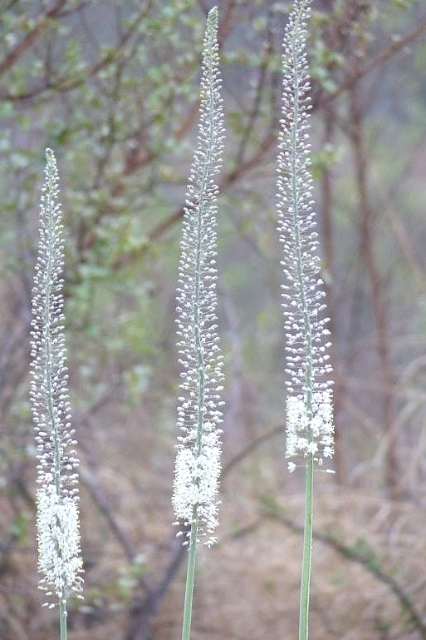 © arks
© arksKruger National Park, Talamati area
Description
Perennial, bulbous plant, up to 2,5 m tall. A slender, erect flower with a large, thick-scaled bulb, the latter borne above or just below the ground. Mature plants send up their tall inflorescence just before the start of the rains around November followed by the leaves. Flowers greenish-white, about 10 mm diam., in a dense terminal raceme, up to 60 cm long, white with a green midline on the outside of the tepals. Flowers opening in the morning, usually closing by midday. The seasonal leaves are broad, bright green, sword-shaped and angling outwards, nearly erect. Leaves appear after the blooming season, which occurs in spring, sometimes extending into early summer. Seeds then ripen during the early part of the rainy season.
Distribution
Widespread species in tropical and southern Africa.
Habitat
Albany Thicket, Fynbos, Grassland, Savanna. Hot, dry bushveld and thicket.



 © okie
© okie © okie
© okie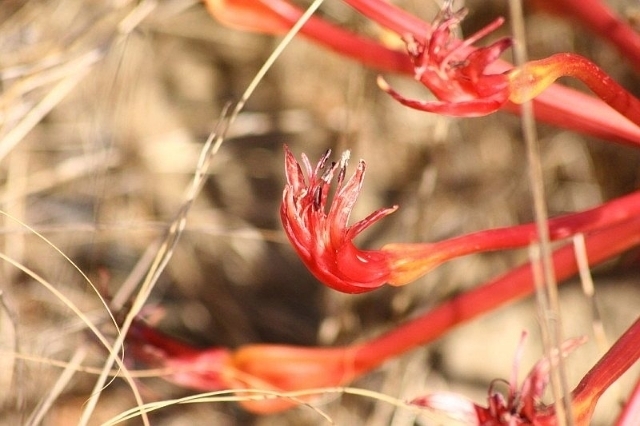 © okie
© okie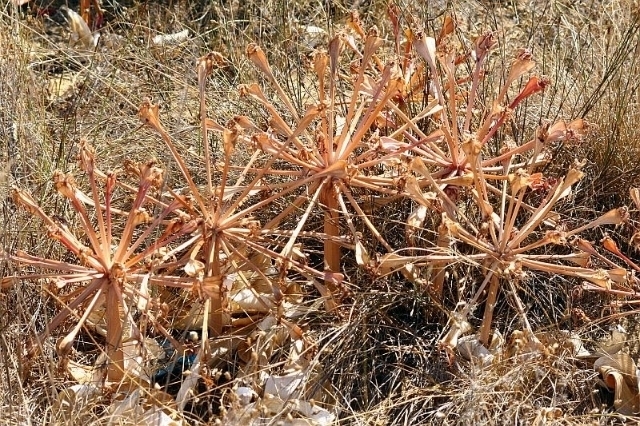 © okie
© okie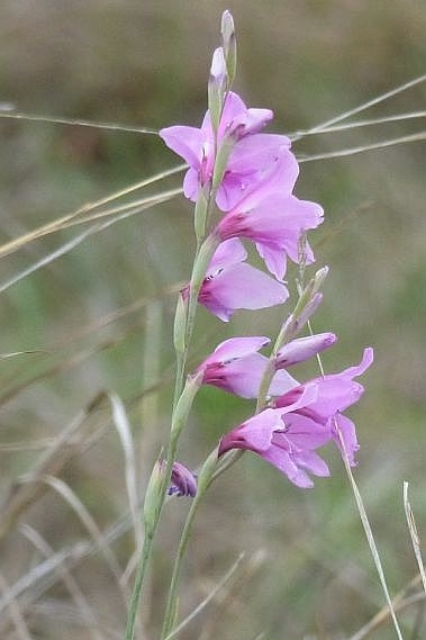 © arks
© arks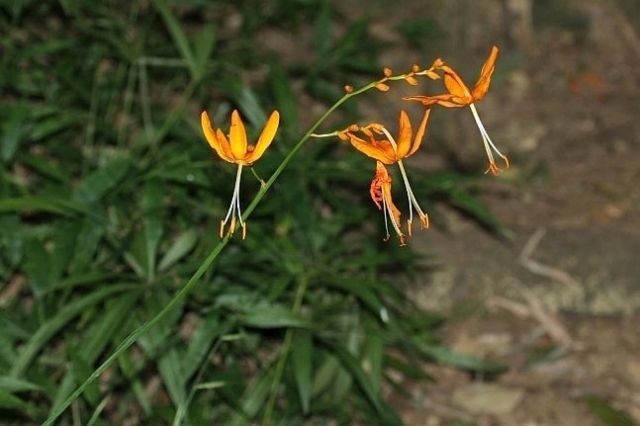 © Tina
© Tina © harrys
© harrys © arks
© arks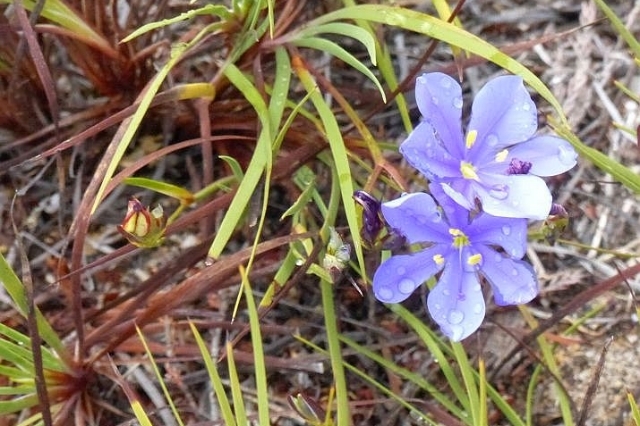 © arks
© arks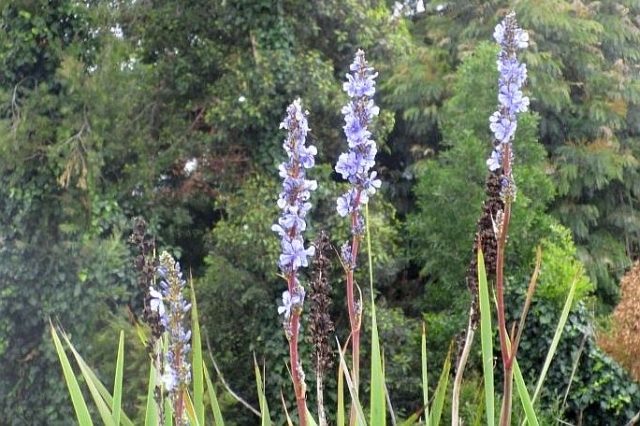 © arks
© arks © nan
© nan © nan
© nan